Simultaneous Encoding and Decoding Application Scenarios
 Aug 01,2024
Aug 01,2024

 Haiwei
Haiwei
Simultaneous encoding and decoding, also known as real-time encoding and decoding, refers to the process of encoding data into a compressed or encrypted format and then immediately decoding it back to its original format, all in real-time. This is particularly useful in scenarios where immediate processing and transmission of data is required. Here are some applications where simultaneous encoding and decoding are essential:
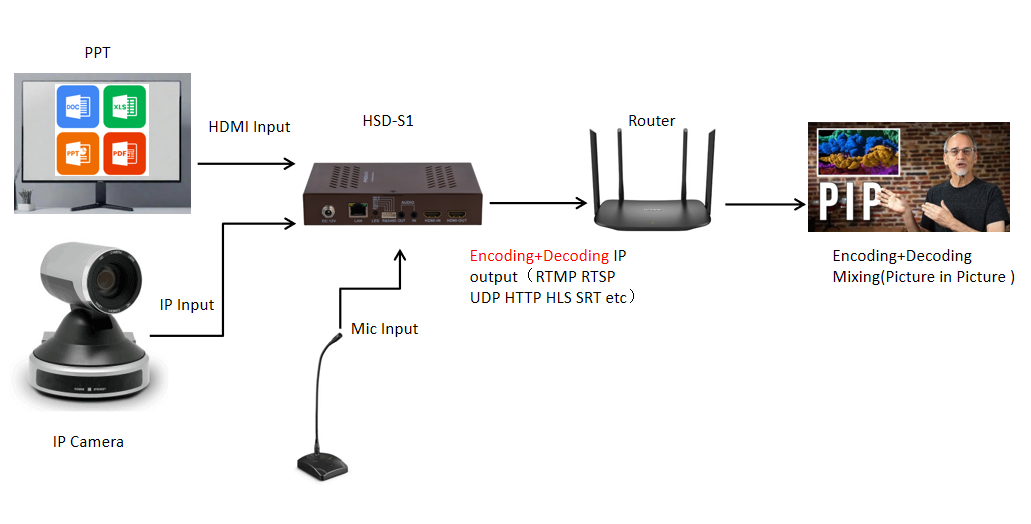
1. Broadcasting: Live sports events, news broadcasts, and talk shows require real-time encoding to compress video signals for transmission over the airwaves or via cable, and then immediate decoding at the receiving end to display the content to viewers without delay.
2. Video Conferencing: In real-time communication, such as video conferencing, simultaneous encoding and decoding are necessary to transmit audio and video data from one endpoint to another with minimal latency, ensuring smooth and natural communication.
3. Streaming Services: Online streaming platforms need to encode video content into a format that can be streamed over the internet to users and then decode it on the users' end for playback. This process needs to happen quickly to support high-quality video streaming with low latency.
4. Gaming: In online gaming, simultaneous encoding and decoding of player actions and video feed is crucial to maintain a fluid and responsive gaming experience across different locations.
5. Remote Monitoring and Surveillance: Security cameras and other remote monitoring systems often require real-time encoding of video footage for transmission to a monitoring center, where it is immediately decoded for live surveillance.
6. Interactive Multimedia: Applications like virtual reality (VR) and augmented reality (AR) require real-time encoding and decoding of sensory data to provide users with interactive and immersive experiences.
7. Telemedicine: In telemedicine, simultaneous encoding and decoding are used to transmit medical images, such as X-rays or MRIs, from the scanning device to the consulting physician for real-time diagnosis and consultation.
8. Distance Learning: For online education, simultaneous encoding and decoding are necessary to deliver lectures and interact with students in real-time, ensuring a seamless learning experience.
9. Command and Control Centers: Military and emergency services rely on real-time encoding and decoding of sensor data, intelligence reports, and communication signals to make quick decisions and respond to situations effectively.
10. Autonomous Vehicles: Self-driving cars and drones use simultaneous encoding and decoding to process and transmit sensor data, map information, and video feeds from on-board cameras in real-time for immediate decision-making.
In all these applications, simultaneous encoding and decoding are critical to maintaining the real-time processing and transmission of data, which is often necessary for proper functioning and user experience.








 HOME
HOME Haiwei WebRTC Solutions
Haiwei WebRTC Solutions  You May Also Like
You May Also Like
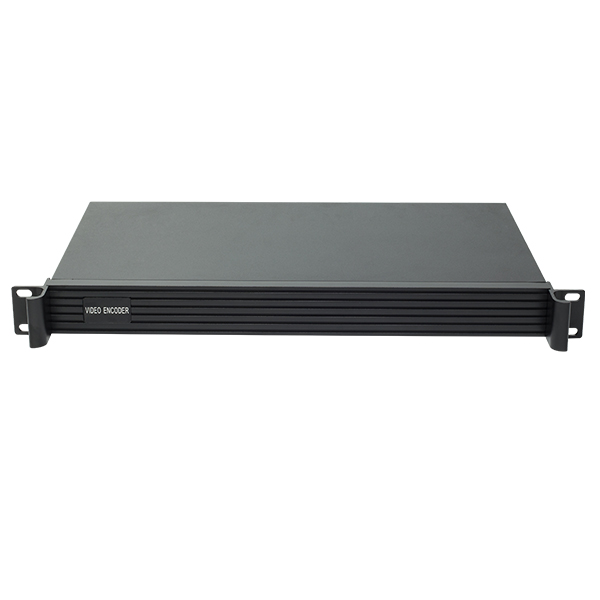

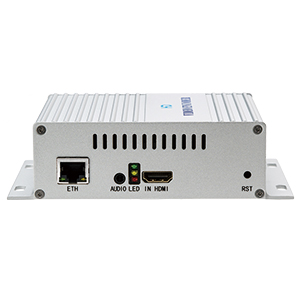
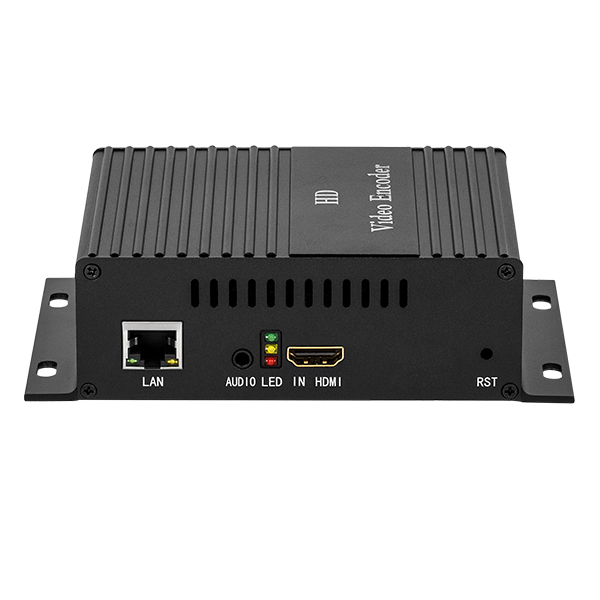
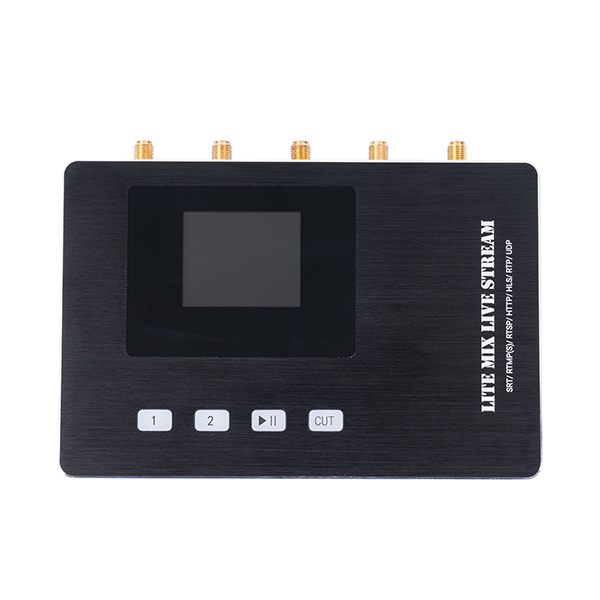


 Tel
Tel
 Email
Email
 Address
Address







